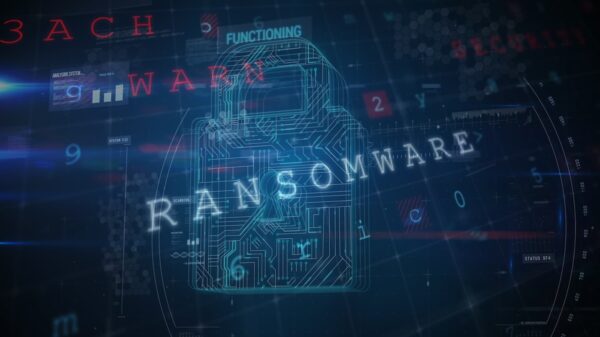The prevalence of the Luminosity remote access Trojan (RAT) is fading away after the malware was supposedly killed half a year ago, Palo Alto Networks says.
First seen in April 2015, Luminosity, also known as LuminosityLink, has seen broad use among cybercriminals, mainly due to its low price and long list of capabilities. Last year, Nigerian hackers used the RAT in attacks aimed at industrial firms.
Luminosity’s author might have claimed that the RAT was a legitimate tool, but its features told a different story: surveillance (remote desktop, webcam, and microphone), smart keylogger (record keystrokes, target specific programs, keylogger viewer), crypto-currency miner, distributed denial of service (DDoS) module.
Earlier this week, Europol’s European Cybercrime Centre (EC3) and the UK’s National Crime Agency (NCA) announced a law enforcement operation targeting sellers and users of the Luminosity Trojan, but Palo Alto says the threat appears to have died about half a year ago, long before this announcement.
The luminosity[.]link and luminosityvpn[.]com, domains associated with the malware, have been taken down as well. In fact, the sales of the RAT through luminosity[.]link ceased in July 2017, and customers started complaining about their licenses no longer working.
With Luminosity’s author, who goes by the online handle of KFC Watermelon, keeping a low profile and closing down sales, and with Nanocore RAT author arrested earlier, speculation emerged on the developer being arrested as well. It was also suggested that he might have handed over his customer list.
To date, however, no report of an arrest in the case of the Luminosity author has emerged, and Europol’s announcement focuses on the RAT’s users, without mentioning the developer. According to Palo Alto, this author (who also built Plasma RAT) lives in Kentucky, which would also explain his online handle.
The security firm collected over 43,000 unique Luminosity samples during the two years when the threat was being sold, and says that thousands of customers submitted samples for analysis.
To verify the legitimate use of the RAT, the command and control servers had to contact a licensing server. In July 2017, researchers observed a sharp drop in sales, with the licensing server going down, despite some samples still being seen. Palo Alto believes the RAT’s prevalence was likely fueled by cracked versions, as development had already stopped.
“Based on our analysis and the recent Europol announcement, it does seem though that LuminosityLink is indeed dead, and we await news of what has indeed happened to the author of this malware. In support of this, we have seen LuminosityLink prevalence drop significantly and we believe any remaining observable instances are likely due to cracked versions,” Palo Alto notes.
The researchers also note that, although some of the Luminosity’s features might be put to legitimate use, the “preponderance of questionable or outright illegitimate features discredit any claims to legitimacy” that the RAT’s author might have.
Related: Hackers Linked to Luminosity RAT Targeted by Law Enforcement
















